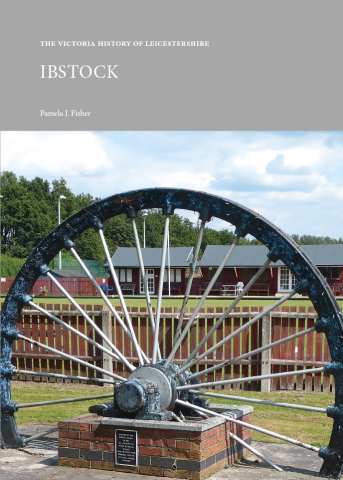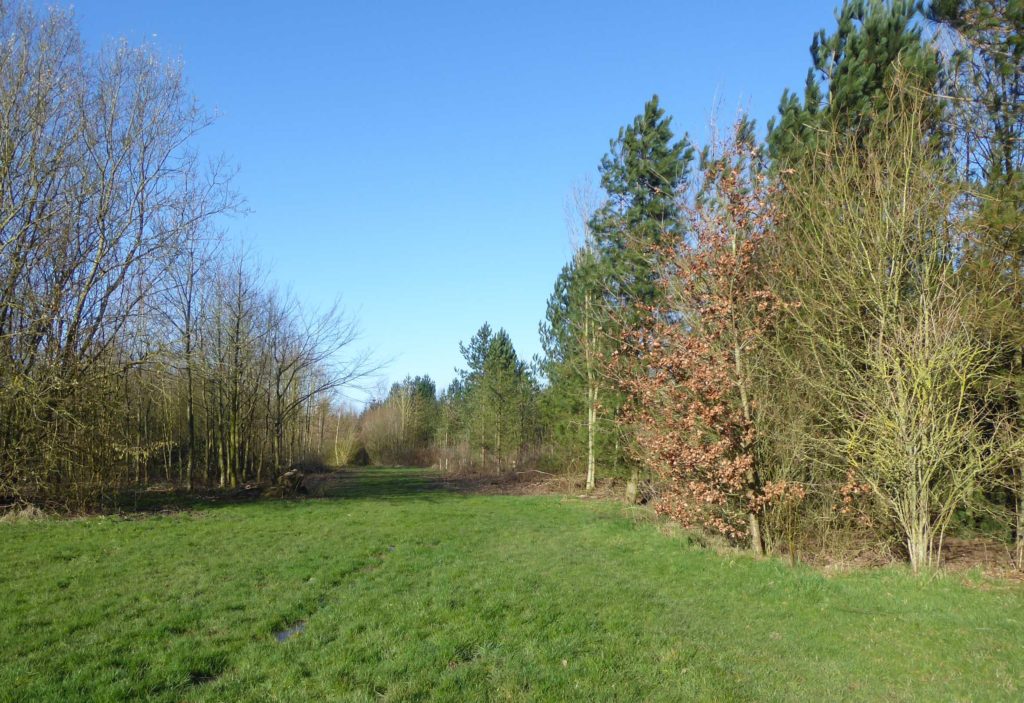Ibstock, by Pamela J. Fisher

The latest Short from the Leicestershire series of the Victoria County History (VCH) has just been published by the University of London Press.
Ibstock, written by Pamela Fisher, is the third VCH Short from the Leicestershire following Castle Donington and Buckminster and Sewstern, both published in 2017. Like the other two books in the series, it has been produced with the help of many local volunteers.
Ibstock is a large village in north-west Leicestershire. At first glance, it has the appearance of a modern industrial village, but look a little deeper and a much richer past is revealed. A settlement is recorded in Domesday Book, and a church, now dedicated to St Denys, but originally to St Helen, is first recorded in the 1170s. William Laud, later archbishop of Canterbury, was rector here from 1617 to 1626. The advowson, which had been in episcopal hands, fell to parliament upon the abolition of bishops, and the parish was introduced to Presbyterian ideas. These found ready ears, and some of the wealthiest men in the parish were hosting illegal religious meetings in 1669, led by four ejected ministers.
The soil in the west of the parish is free-draining, but that to the south and east of the parish is heavy clay, unsuited to traditional mixed farming. Land was given to Garendon Abbey in the 12th century, who grazed sheep here. The manor was divided between co-heirs in the early 13th century. When the two portions were reunited 400 years later, two sets of open fields were no longer necessary. The three open fields in the south of the parish were gradually enclosed from the 1590s, with those in the north continuing as open fields until enclosed by parliamentary award in 1775. The older part of the village near the church contains some fine houses, indicating that farming was very profitable for some.

Others exploited the soil in a different fashion. The first coal mine was sunk in 1825. Ibstock colliery was never a great financial success, and mining ceased in 1929, but the clay above the coal seams was profitable, and Ibstock Brick became one of the country’s largest brick producers. A second mine, Ellistown colliery, was sunk next to the Leicester to Burton-upon-Trent railway line in 1873. Well capitalised and in an ideal location, this was a highly productive pit.
Population growth over the later 19th century shaped modern Ibstock, which in the early 20th century had six nonconformist churches within the parish, large sports grounds and a cinema, now restored as a community facility. Since the closure of Bagworth-Ellistown mine in 1991, the landscape has been transformed for a second time by the planting of thousands of trees, to become part of the new National Forest.

Ibstock is available direct from the Leicestershire Victoria County History Trust for the special offer price (until 31 December 2020) of £11 including UK P&P, or order from the University of London Press. For more information on the VCH Leicestershire project visit our webpages or follow them on Twitter.

